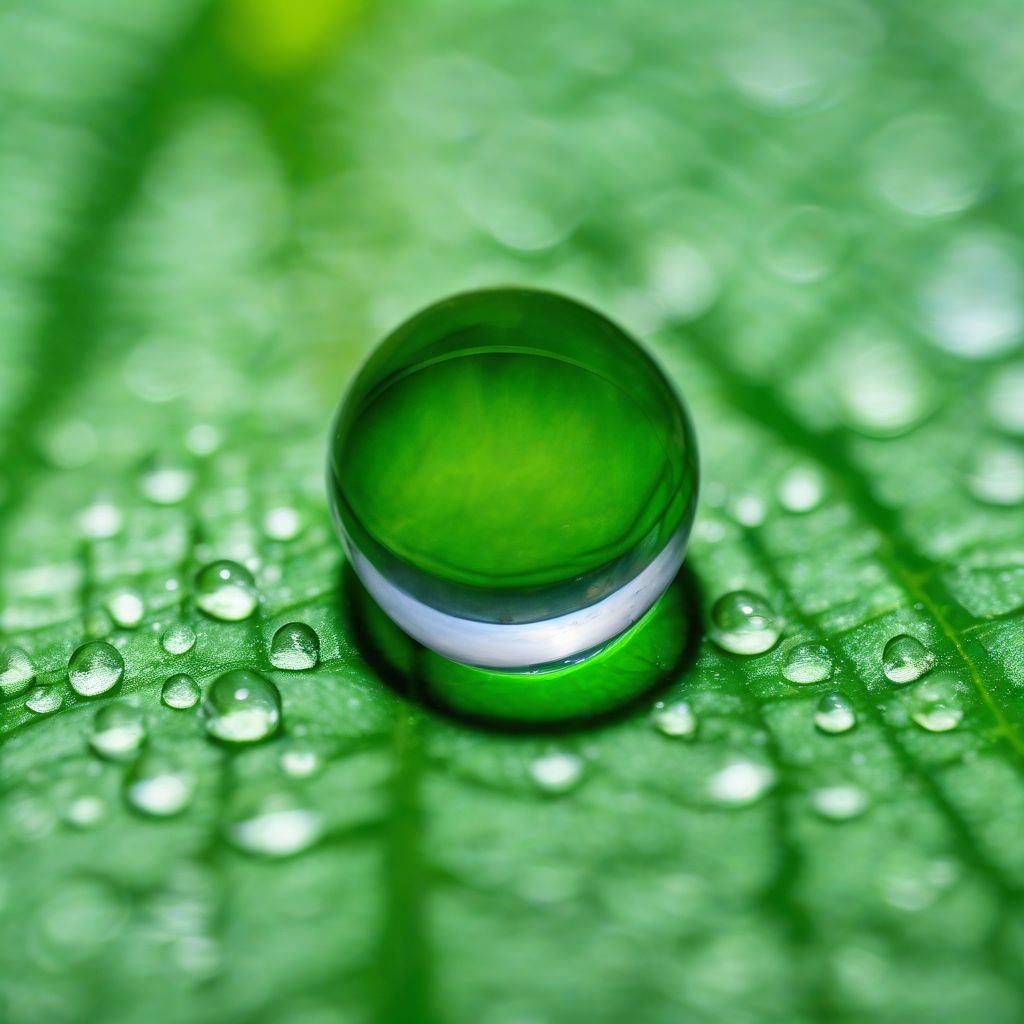Imagine this: a dewdrop clinging to a spiderweb, glistening like a diamond in the morning sun. Or the intricate details of a flower petal, its velvety texture practically leaping off the screen. These are the kinds of captivating images that advanced macro photography techniques allow you to capture.
Macro photography, with its ability to reveal the unseen world, is already a fascinating genre. But taking it to an advanced level, mastering the intricacies of light, composition, and equipment, opens up a whole new realm of creative possibilities. This article will delve into the world of advanced macro photography techniques, equipping you with the knowledge to transform your close-up shots from simple snapshots into breathtaking works of art.
Understanding the Fundamentals of Advanced Macro Photography
Before diving into advanced techniques, it’s crucial to have a solid grasp of the basics.
Gear Up for Success: Essential Equipment
- Macro Lens: The cornerstone of macro photography, a dedicated macro lens allows you to achieve a 1:1 magnification ratio, meaning the subject is projected onto the sensor at its actual size.
- Tripod: Essential for minimizing camera shake, especially at high magnifications where even the slightest movement is amplified.
- Remote Shutter Release: Further reduces vibrations for sharper images, especially useful for focus stacking.
- External Lighting: A flash diffuser or a ring light helps control the light, crucial for illuminating subjects and highlighting details.
 Water Droplet Macro
Water Droplet Macro
Mastering Manual Focus and Focus Stacking
Autofocus can be unreliable in macro photography, due to the narrow depth of field.
- Manual Focus: Allows for precise control, ensuring the critical areas of your subject are tack sharp.
- Focus Stacking: This technique involves taking multiple images at different focus points and blending them together in post-processing to achieve a greater depth of field, keeping the entire subject sharp.
Composition: Guiding the Viewer’s Eye
- Rule of Thirds: This classic rule still applies in macro photography. Placing your subject off-center can create a more dynamic and visually appealing image.
- Leading Lines: Utilize natural lines within the scene to draw the viewer’s eye towards the main subject. This could be the stem of a flower or the veins on a leaf.
- Negative Space: Don’t be afraid to embrace empty space around your subject. It can help highlight the subject and create a sense of scale.
Exploring Advanced Macro Techniques
Now, let’s delve into the techniques that will elevate your macro photography to new heights.
1. Harnessing Natural Light for Stunning Results
- Golden Hour Shooting: The soft, warm light during sunrise and sunset can produce magical macro images with a beautiful, diffused quality.
- Backlighting: Positioning your light source behind the subject can create a stunning halo effect, highlighting translucent subjects like flower petals or insect wings.
- Diffusers and Reflectors: Use diffusers to soften harsh sunlight and reflectors to bounce light back onto the subject, filling in shadows.
2. Mastering Artificial Lighting Techniques
- Ring Light: Provides even illumination, ideal for minimizing shadows and highlighting textures.
- Twin Flash Setup: Offers more creative control, allowing you to position two flashes independently for dramatic side-lighting or highlighting specific details.
- DIY Light Modifiers: Don’t be afraid to experiment with household items like white paper or fabric to diffuse or reflect light and achieve unique effects.
 Insect Eye Macro
Insect Eye Macro
3. Exploring Creative Macro Compositions
- Abstract Macro: Focus on patterns, textures, and colors found in nature, moving beyond simply documenting the subject.
- Forced Perspective: Play with the size relationship between your subject and the background to create a sense of depth and wonder.
- Motion Blur: Intentionally introduce blur by using a slow shutter speed to convey movement and add an artistic touch, for example, capturing the fluttering wings of a butterfly.
Tips from the Experts
Here are some insights from renowned macro photographers:
- “Patience is key in macro photography. Take your time, observe your subject, and wait for the perfect moment.” – Thomas Shahan, National Geographic photographer
- “Don’t be afraid to experiment with different compositions and angles. Sometimes the most unexpected perspectives yield the most striking images.” – Igor Siwanowicz, award-winning macro photographer
Conclusion
Mastering advanced macro photography techniques requires a blend of technical skill, artistic vision, and a healthy dose of patience. But the rewards are immense. By delving into the intricacies of light, composition, and equipment, you can unlock a world of captivating beauty hidden in plain sight.
So, grab your gear, head outdoors, and start exploring the wonders of the miniature world. Remember to share your stunning macro creations in the comments below!


